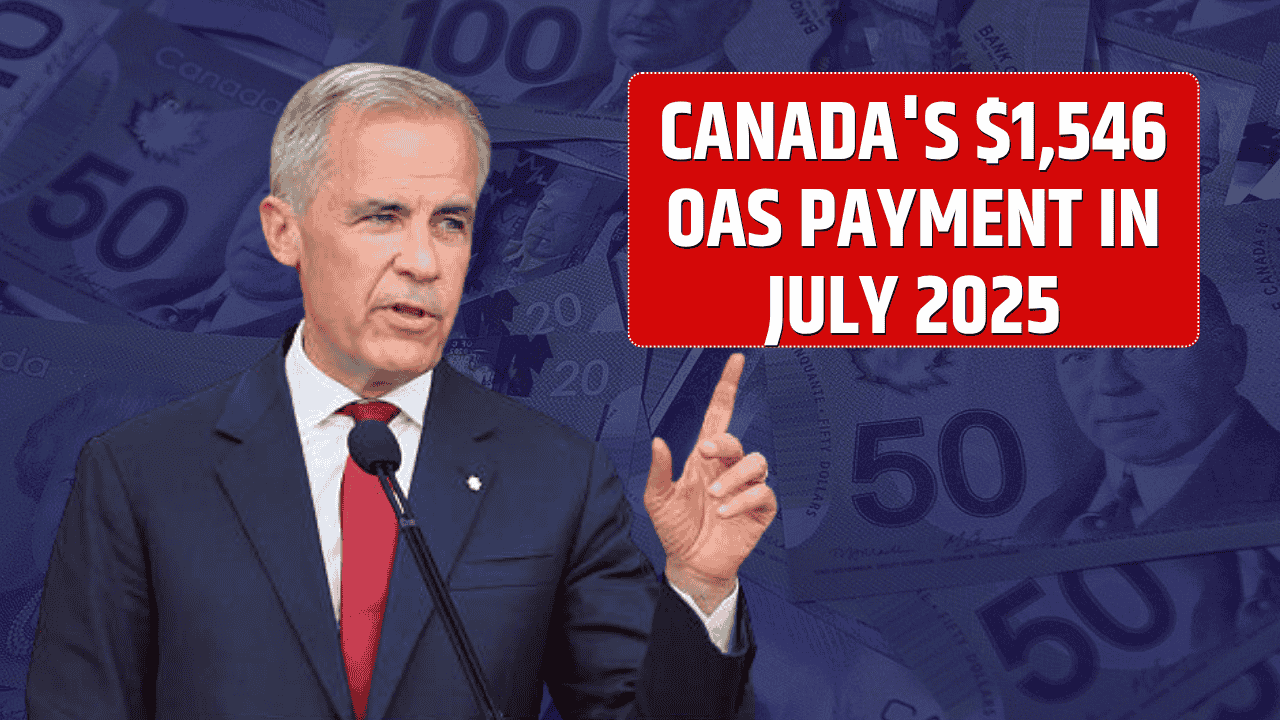Understanding the difference between performance measurement and program evaluation is essential for anyone involved in public policy, nonprofit management, or government operations. Both are tools used to assess public programs, but they serve distinct purposes and offer different insights. In 2025, as data-driven governance becomes the norm, distinguishing between the two is key to using them effectively.
While performance measurement focuses on tracking progress and outputs on an ongoing basis, program evaluation digs deeper into effectiveness, causality, and long-term impact. Together, they form a powerful duo for improving accountability, transparency, and outcomes.
Table of Contents
What Is Performance Measurement?
Performance measurement is the ongoing process of collecting and reporting data to assess how a program or organization is functioning. It typically focuses on outputs (what is being done) and short-term outcomes (what has changed as a result).
Key Characteristics:
- Routine and continuous
- Tracks efficiency and service delivery
- Uses predefined indicators (e.g., number of clients served)
- Supports internal management and accountability
Examples:
- A housing program reports the number of housing vouchers distributed each quarter
- A job training program tracks participant attendance and completion rates
- A public health campaign logs the number of community events hosted
Performance measurement answers:
“How much did we do?” and “How well are we doing it?”
What Is Program Evaluation?
Program evaluation is a systematic, in-depth assessment of a program’s design, implementation, and outcomes. It often uses more rigorous research methods to assess effectiveness and impact, and to inform strategic decisions.
Key Characteristics:
- Periodic and project-based
- Focuses on program outcomes and impact
- Uses methodologies like control groups or qualitative interviews
- Answers questions of effectiveness, efficiency, and relevance
Examples:
- An evaluation determines whether a nutrition program reduced childhood obesity
- A study examines if a mentoring program for at-risk youth improved graduation rates
- A cost-benefit analysis evaluates whether a clean energy incentive delivers economic value
Program evaluation answers:
“Did the program work?” and “Why did it work (or not)?”
Side-by-Side Comparison
| Aspect | Performance Measurement | Program Evaluation |
|---|---|---|
| Purpose | Monitor progress and improve daily operations | Assess effectiveness and guide strategic decisions |
| Frequency | Ongoing | Periodic or one-time |
| Focus | Outputs and short-term outcomes | Outcomes, impacts, and causal relationships |
| Methods | Administrative data, dashboards | Surveys, interviews, experiments, mixed methods |
| Audience | Internal managers, funders, public stakeholders | Policymakers, researchers, external stakeholders |
| Depth of Analysis | Surface-level performance | In-depth analysis of success factors and challenges |
How They Work Together
Rather than choosing one over the other, performance measurement and program evaluation complement each other.
- Performance measurement provides timely data for day-to-day decision-making and signals when issues arise.
- Program evaluation offers insight into why issues exist and whether the overall strategy is sound.
Example:
In a workforce development program:
- Performance measures might show that 500 people completed training, but only 100 got jobs.
- An evaluation might uncover that the training didn’t match local employer needs—leading to program redesign.
When to Use Each
| Use Case | Best Tool |
|---|---|
| Tracking services delivered each month | Performance Measurement |
| Testing if a new policy caused real change | Program Evaluation |
| Managing staff workloads | Performance Measurement |
| Deciding whether to expand or defund a program | Program Evaluation |
| Reporting to stakeholders on key metrics | Both |
Performance measurement and program evaluation are two sides of the same coin. One ensures accountability and real-time monitoring; the other uncovers deeper insights that drive strategic change. In an era where public trust depends on transparency and effectiveness, using both tools wisely can dramatically improve how public programs serve communities.
FAQs
Can a program have both performance measurement and evaluation?
Yes, and it should. Performance data helps monitor progress, while evaluation helps explain results and guide improvements.
Do you need advanced research skills for performance measurement?
Not necessarily. Performance measurement relies on basic data collection and tracking tools, whereas evaluation may require more technical expertise.
Which is better for grant reporting?
Both. Funders often require performance metrics and periodic evaluations to assess program value and sustainability.
Can performance data inform an evaluation?
Absolutely. Performance measurement often provides the baseline data used in program evaluations.


























